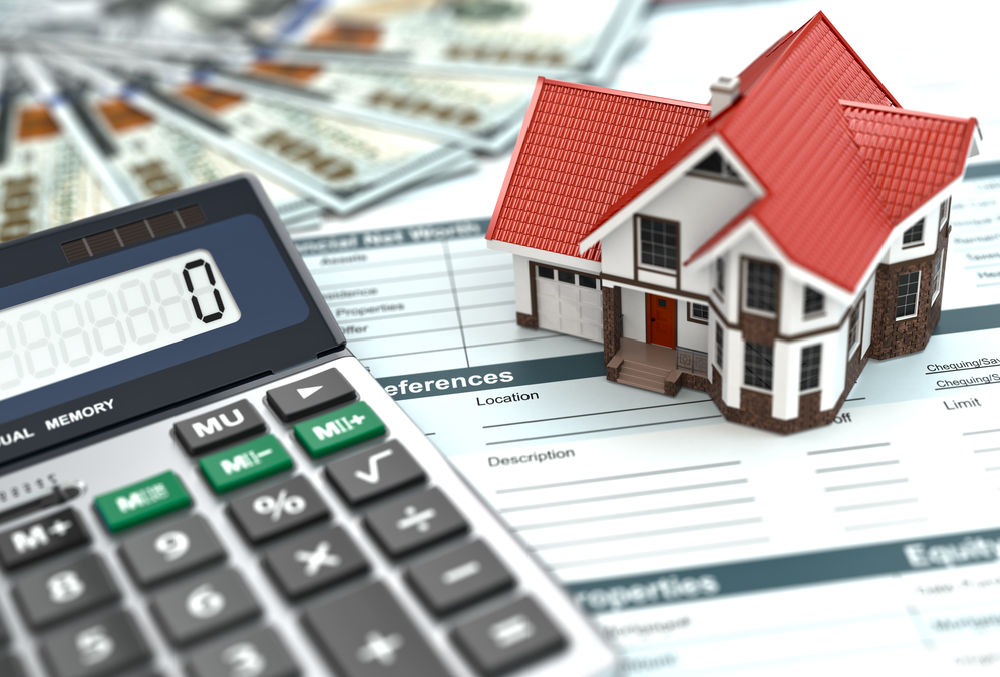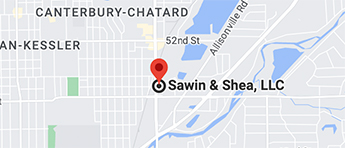There are two primary types of bankruptcies that a person might file when struggling to pay their debts: Chapter 7 and Chapter 13. In a Chapter 13 bankruptcy, the debtor agrees to a payment plan instead of having their property taken to pay creditors. In contrast, in a Chapter 7 bankruptcy, the bankruptcy trustee will often use property to help pay off creditors before the remaining debt gets discharged. However, in a no asset bankruptcy for Chapter 7, the debtor does not turn over any property or other assets. Instead, the trustee informs the creditors that it is a no-asset case and they should not expect to get paid from the bankruptcy proceeds.
Keep in mind, however, that a no-asset bankruptcy does not mean the debtor automatically gets to keep all of their property. You will only be allowed a no asset bankruptcy if you have bankruptcy exempt assets that legally cannot be taken away. Nonexempt assets can still be used to pay creditors.
This is important to understand because some debtors will try to hide their nonexempt assets to make it seem as though they are eligible for a no asset case, thus allowing them to keep their property. But hiding your assets can result in serious penalties that can worsen your situation.
Ways Debtors Try to Hide Their Assets in Bankruptcy
So why would someone deliberately choose to hide their assets, and how would they do so?
In most cases, debtors hide their assets out of fear of losing their property. Assets or properties that are considered nonexempt (properties that are not your primary residence or items that are expensive and not necessary for living) can be sold off, and the money can be used to help pay off creditors.
While these types of assets are not needed to live, debtors can still have an attachment to them and fear losing them. Thus they may try to hide them when filing for bankruptcy.
The ways a debtor might try to hide their assets include:
- Lying about having the asset in the first place and trying to hide or erase any proof that it exists.
- Transferring or disposing assets before bankruptcy. For example, if someone owns an expensive second vehicle that they don’t want to lose, they may try to quickly transfer it into someone else’s name or make it seem as if they disposed of it or got rid of it.
- Devaluing assets. Such as by creating a fake mortgage for a vacation home to make it seem as though it has little to no value to keep it from being used to pay off creditors
How Does a Bankruptcy Trustee Find Hidden Assets?
It is the bankruptcy trustee’s job to use assets to pay off creditors if there are any assets available. So even if a debtor claims to not have any assets, the trustee will still go looking to make sure that there are truly no assets available. Unfortunately, if a trustee finds an asset that was purposefully hidden, it can have serious consequences.
In the digital age that we live in, it is much easier for a trustee to track down a hidden asset. They can do so by:
- Performing a public records search
- Doing an online asset search
- Reviewing the debtor’s purchase history
- Pulling payroll, bank, and tax return records
- Obtaining reports from a former spouse, coworker, or friend
Penalties for Hiding Assets in Bankruptcy
If your bankruptcy trustee finds out that you have purposefully hidden any of your assets, they will file a lawsuit with the bankruptcy court—otherwise known as an adversary proceeding. Once the court reviews your case, if they determine that you did intentionally hide your assets, you will be denied a discharge of your debt.
Furthermore, you could also lose the ability to have those same debts discharged in any future bankruptcies. Some debtors can even be criminally charged with bankruptcy fraud as a result of hiding assets, which can result in up to a $250,000 fine and up to 20 years in prison.
How Sawin & Shea, LLC Can Help
If you are filing for bankruptcy and need help understanding your rights where your assets are concerned, our team of bankruptcy attorneys can assist you. Understandably, losing an asset can be scary, but not all assets are non-exempt. Our team will help you understand the bankruptcy process to ensure you get to keep all of your exempt assets.
At Sawin & Shea, we have helped many clients like yourself understand the complexities of bankruptcy and how to make the right decisions to achieve the best possible outcome. For a free consultation, call us at 317-759-1483 or send us an email today!



